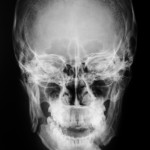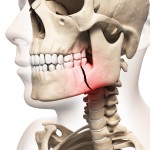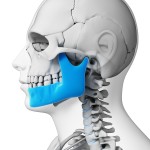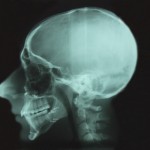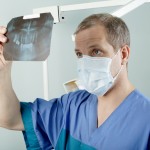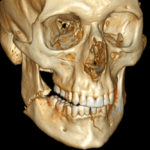
This review of whether the presence of the lower third molar in the mandibular angle fracture line is associated with postoperative complications included 34 studies. The quality of teh included studies was low to very low so the findings should be viewed cautiously.
[read the full story...]
